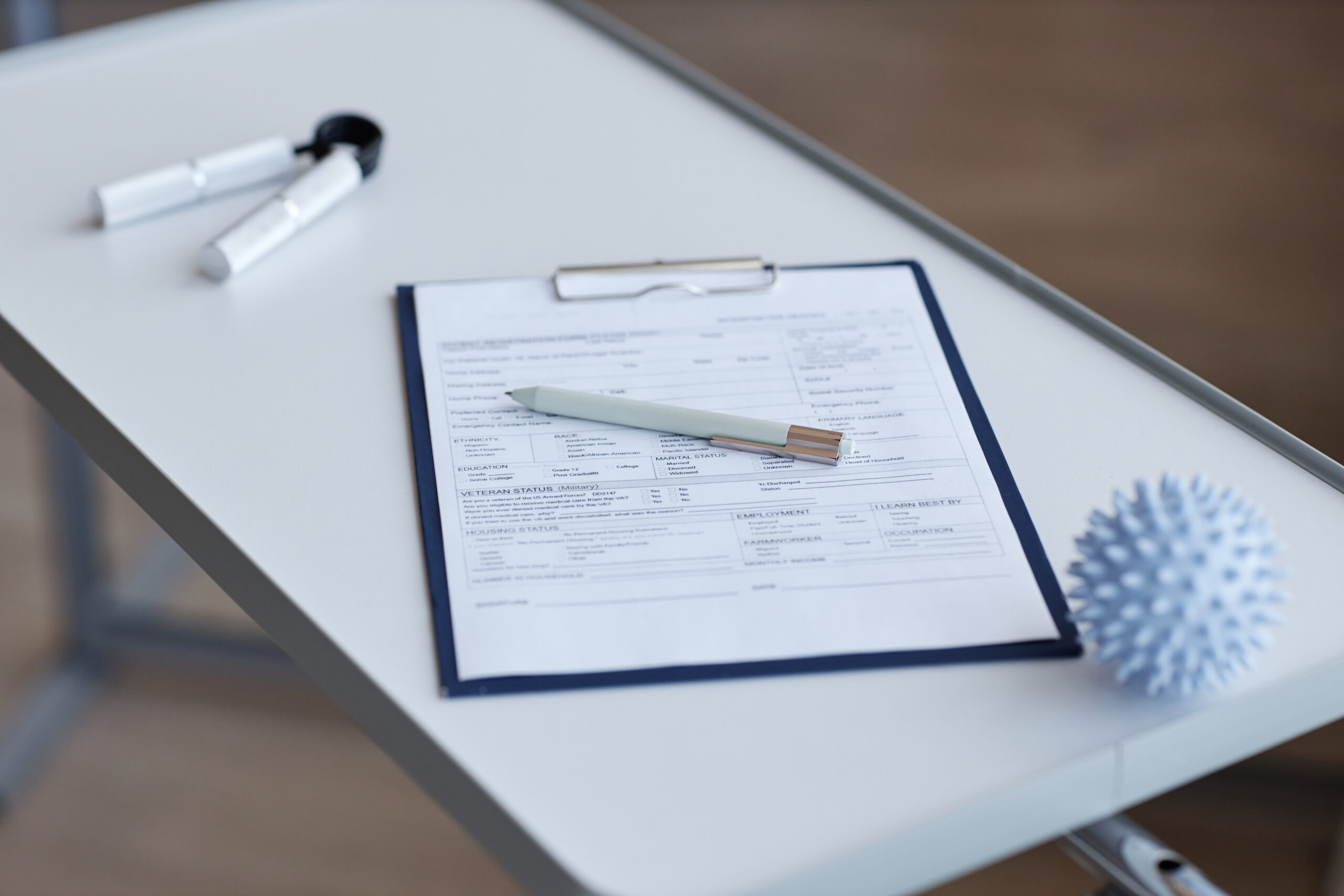It is the rule in every country that you get a death certificate. That’s what you have to do before you can get the Death certificate. Anyone in the family can report a death that happens in the house, not just the family of the person who died.
In a medical center or hospital, it must be mentioned by the doctor or person in charge of medical care. As soon as the death is reported, the government will send the death certificate to the person’s closest blood relations.
The date, place, cause, and fact of the death are all written on the death certificate. In the UAE, the death certificate must be attested before it can be used for any legal reason.
Secure Attestation Services will take care of all the steps needed by every government department to attest the death certificate. Here are the papers that are needed and what this certificate attestation is for.

Which Authorities will Attest Death Certificate?
Local Authorities in the Issuing Country:
The process starts with the local authorities where the death certificate was issued. This could include municipal offices, civil registrars, or local notaries who verify the authenticity of the document.
Home Department or State Authority (If Applicable):
In some countries, a state-level authority, such as the Home Department, needs to authenticate the certificate to ensure its validity at the regional level.
Ministry of Foreign Affairs (MOFA – Issuing Country):
The Ministry of Foreign Affairs in the issuing country verifies the document to confirm that it is valid and prepared for international use.
Embassy or Consulate of the Destination Country:
The embassy or consulate of the destination country (e.g., UAE Embassy, if the document will be used in the UAE) will attest the certificate. This ensures the document is acceptable and aligns with the destination country’s legal requirements.
Ministry of Foreign Affairs and International Cooperation (MOFAIC – Destination Country):
Once the document reaches the destination country, the Ministry of Foreign Affairs in that country (e.g., UAE MOFAIC) provides the final attestation, making the certificate valid for use within its borders.
Additional Authorities (If Needed):
Depending on specific requirements, additional local authorities or government agencies in the destination country may review or process the document for particular purposes, such as inheritance claims or legal proceedings.
Major Purposes of Death Certificate Attestation
Inheritance Claims:
To settle property, assets, or financial accounts, an attested death certificate may be required as legal proof of the deceased’s passing.
Insurance Claims:
Essential for processing life insurance claims or other policies that require proof of death.
Pension and Benefits:
Required to access the deceased’s pensions, retirement funds, or other benefits.
Legal Proceedings:
Necessary for any legal cases, such as resolving disputes over the deceased’s estate.
Visa Cancellation:
Used to cancel the visa or residency permit of the deceased in a foreign country.
Family Visa Applications:
In some cases, family members may need the attested death certificate to apply for dependent or family visas.
Banking and Financial Affairs:
Required to close bank accounts, transfer funds, or manage other financial matters in the deceased’s name.
International Use:
Ensures the death certificate is recognized abroad for any official or administrative purposes.
Procedure for Power of Attorney Attestation:
1.Obtain the Original Certificate
Get the death certificate issued by the relevant authority (e.g., municipal office, hospital, or registrar) in the country where the death occurred.
2. Notarization (Issuing Country)
Have the certificate notarized by a notary public or a local certification authority in the issuing country to confirm its authenticity.
3. State-Level Attestation (If Required)
In some countries, the certificate needs to be attested by the state-level authority, such as the Home Department or Regional Secretariat, for further validation.
4. Ministry of Foreign Affairs (MOFA – Issuing Country)
Submit the document to the Ministry of Foreign Affairs in the issuing country for national-level attestation, preparing it for international use.
5. Embassy or Consulate of Destination Country
The destination country’s embassy or consulate (e.g., UAE Embassy if for use in the UAE) will attest the certificate, confirming it meets their legal requirements.
6. Translation (If Needed)
If the certificate is not in English or Arabic, it must be translated into the required language and attested by a certified translator.
7. Ministry of Foreign Affairs and International Cooperation (MOFAIC – UAE)
In the UAE, the document must be submitted to MOFAIC for the final attestation. This step ensures it is officially recognized for use in the country.
